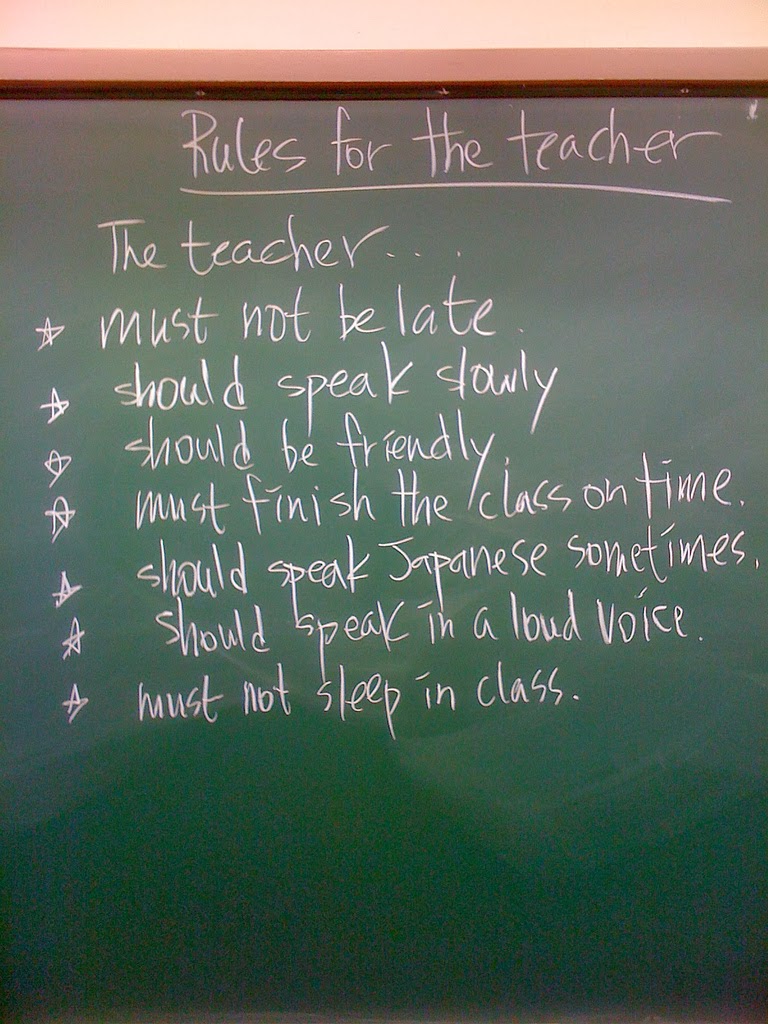 Did you realize when you say something to the students in your class can be almost important as what you are saying? Comics understand how important timing is to a routine. Something that is incredibly funny if said at one point in a routine will fail to get any laughs if said at another point. The timing of what you say in your Bible classes can be almost as crucial.
Did you realize when you say something to the students in your class can be almost important as what you are saying? Comics understand how important timing is to a routine. Something that is incredibly funny if said at one point in a routine will fail to get any laughs if said at another point. The timing of what you say in your Bible classes can be almost as crucial.
Studies have shown students retain 70% of what is said in the first ten minutes of a class period and only 20% of what is said after the first ten minutes. Now studies are not known for being extremely accurate, but even if the results are overstated by a huge degree the difference in the timing of what you say still makes a meaningful difference.
Think about your next lesson. What are two or three of the most important points in that lesson? Primarily, you want to state the command or godly principle in the lesson in one or two sentences. Then think about how your students can apply that in their daily life. Put those ideas into another couple of sentences.
Now make sure you share those three or four sentences in the first few minutes of class. Those of you who have had any training in public speaking have probably heard “Tell them what you are going to tell them. Tell it. Tell them what you told them.” as the process for a speech. Even though Bible classes shouldn’t be speeches, the same principles apply.
Those of you who have a flair for the dramatic may wince at the idea of revealing the main points of your lesson and its application before you have even told the lesson. You may be afraid the students will tune out if they think they already “know” what you are going to say. The reality is if your lesson isn’t engaging, they are going to tune you out anyway. If they tune out like most students in the study, they may entirely miss the important part you wanted them to get out of the lesson. If your lesson involves and engages them on multiple levels, they will pay attention even if they know the point to your lesson.
Be creative in how you present those main ideas at the beginning of class. Pose them as questions. Have them on a Powerpoint or on the white board to see throughout the class period. Print them on a challenge card you hand out at the beginning of class. Just make sure those important sentences are presented to them during the first few minutes of class.
Then take your time and present the background lesson for those ideas. Have hands-on, meaningful activities to practice or reinforce the ideas. Involve students in a discussion and brainstorm other ways to live those ideas in their daily lives. Then review the ideas one last time before they leave your room, challenging them to put them into practice before your next class.
Still skeptical? Try it a few times and see if it makes a difference. Changing the timing in your class may dramatically increase what your students learn about God and what He wants for their lives.




